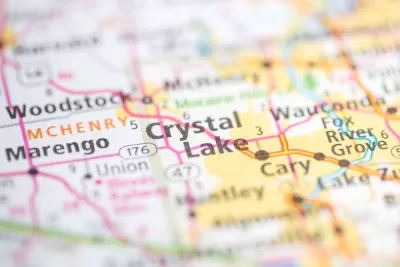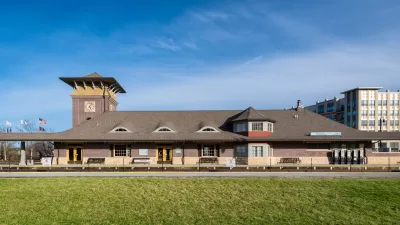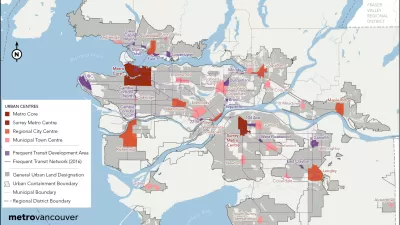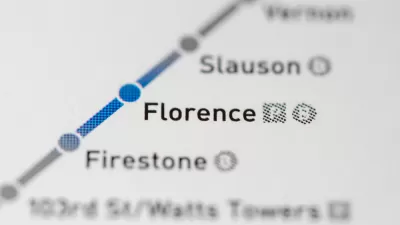Crystal Lake, Illinois offers a transit oriented planning case study on the edge of the Chicago metropolitan area.

The city of Crystal Lake, Illinois is working to create a Strategic Action Plan, according to an article by Igor Studenkov. The Regional Transportation Authority (RTA), the organization with financial and oversight powers over three transit agencies in northeastern Illinois—the Chicago Transit Authority, Metra, and Pace—is partnering with the city on the plan to "guide community development and transportation planning around the city’s two Metra stations, located on the Union Pacific Northwest line," according to Studenkov.
Crystal Lake is located in McHenry County, which Studenkov describes as the most rural of the six counties in the RTA service area, and the county with the least amount of public transit. "Crystal Lake is better off than much of the county in that regard, because it has two Metra stations and three bus routes," according to Studenkov. "But while the downtown Crystal Lake station is a local transit hub, the Pingree Road station further southeast is more car-orientated."
While the plan is still in early stages of public engagement, Studenkov provides a detailed analysis of the planning scenario, in context of the plan's stated goal of delivering a community-supported vision for the development around the station and long-term transit plan approved by McHenry County in 2019. The article includes details about how planners on the project have responded to the pandemic totally upending traditional public engagement processes, which is sure to be informative for planners working in other jurisdictions.
FULL STORY: Crystal Lake, RTA seek community feedback for transit-orientated development plan

Alabama: Trump Terminates Settlements for Black Communities Harmed By Raw Sewage
Trump deemed the landmark civil rights agreement “illegal DEI and environmental justice policy.”

Planetizen Federal Action Tracker
A weekly monitor of how Trump’s orders and actions are impacting planners and planning in America.

Why Should We Subsidize Public Transportation?
Many public transit agencies face financial stress due to rising costs, declining fare revenue, and declining subsidies. Transit advocates must provide a strong business case for increasing public transit funding.

Understanding Road Diets
An explainer from Momentum highlights the advantages of reducing vehicle lanes in favor of more bike, transit, and pedestrian infrastructure.

New California Law Regulates Warehouse Pollution
A new law tightens building and emissions regulations for large distribution warehouses to mitigate air pollution and traffic in surrounding communities.

Phoenix Announces Opening Date for Light Rail Extension
The South Central extension will connect South Phoenix to downtown and other major hubs starting on June 7.
Urban Design for Planners 1: Software Tools
This six-course series explores essential urban design concepts using open source software and equips planners with the tools they need to participate fully in the urban design process.
Planning for Universal Design
Learn the tools for implementing Universal Design in planning regulations.
Caltrans
Smith Gee Studio
Institute for Housing and Urban Development Studies (IHS)
City of Grandview
Harvard GSD Executive Education
Toledo-Lucas County Plan Commissions
Salt Lake City
NYU Wagner Graduate School of Public Service





























